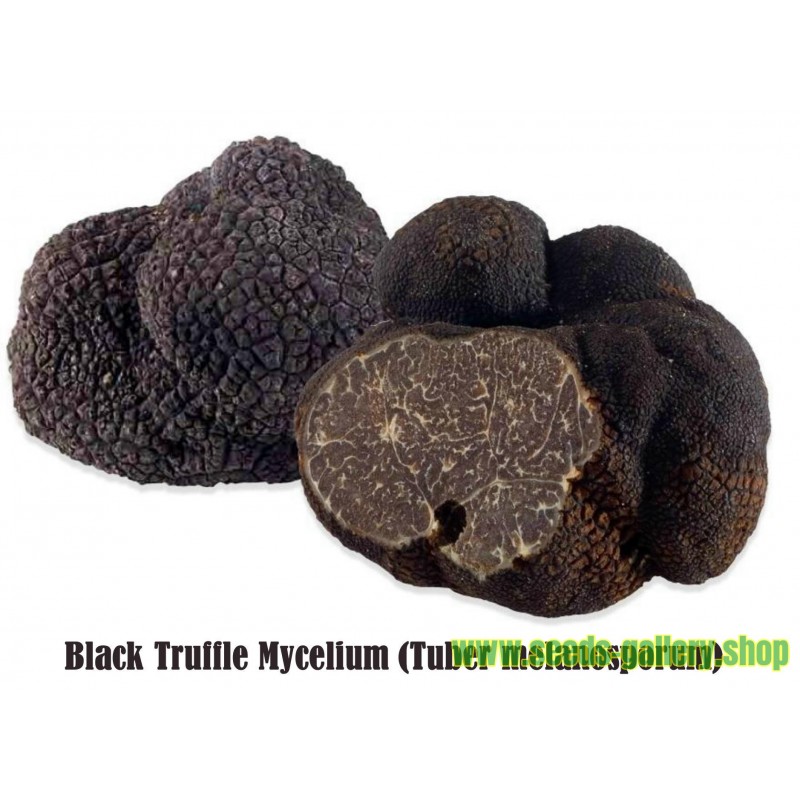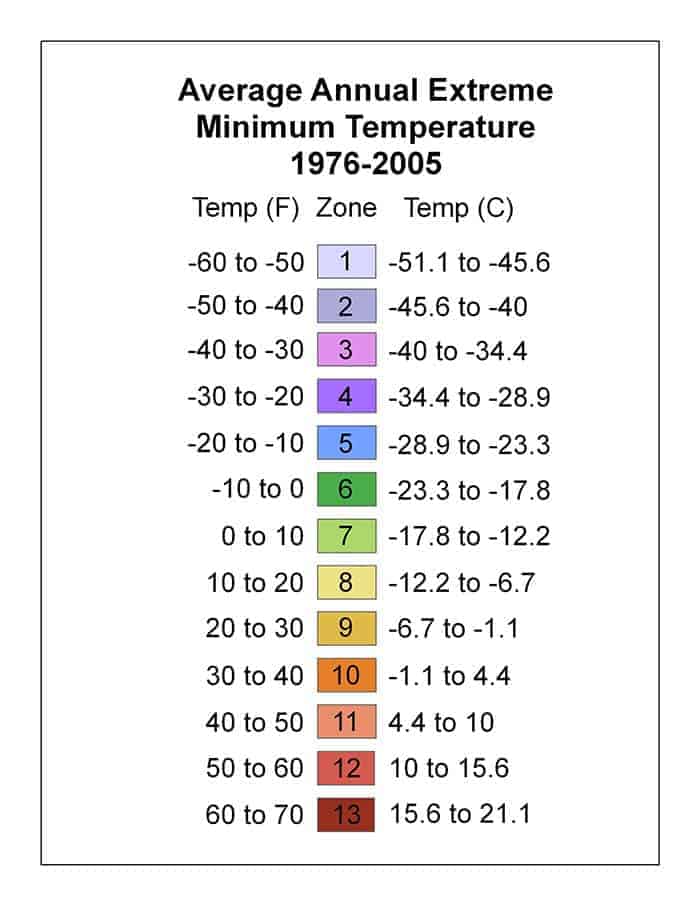





Il Tartufo è un fungo ipogeo (che vive sotto terra) a forma di tubero, che vive in simbiosi con le radici di alcune piante, quali, per esempio, la quercia, il tiglio, il nocciolo, il carpino e il pioppo. Ha una massa carnosa detta “gleba”
Il Tartufo è un fungo ipogeo (che vive sotto terra) a forma di tubero, che vive in simbiosi con le radici di alcune piante, quali, per esempio, la quercia, il tiglio, il nocciolo, il carpino e il pioppo.
Ha una massa carnosa detta “gleba”, rivestita da una sorta di corteccia chiamata “peridio”. E’ costituito in alta percentuale da acqua, fibre e sali minerali, sostanze organiche fornite dall’albero con cui vive in simbiosi.
Tartufo biancoLa forma dipende dalle caratteristiche del terreno in cui si sviluppa: un terreno morbido favorirà la crescita di un tartufo a forma sferica, mentre un terreno duro, pietroso e con molte radici, ne favorirà una forma bitorzoluta.
You will need:
Mycelium - 1 pack.
A tree in the suburban area (oak, beech or walnut).
Ready-made soil for indoor plants with a high content of peat.
Moss, leaf litter, branches.
Growing method:
Favorable time for planting mycelium "Truffle Black" - from May to August.
1. Under the young deciduous trees (oak, beech, walnut) dig 3 holes with a diameter of 10 cm and a depth of 15 cm near the tree along the circumference.
2. The wells to half the depth should be filled with a compost prepared in advance - ground with a high content of peat, then decompose the pieces of composted mycelium into the wells, at the rate of 1/3 of the package per 1 hole. Cover the hole with compost to the brim, tightly seal.
3. Pour 1 liter of water gently and slowly through each hole. Also, moisten the soil around the wells, but already with plenty of water - at least 1 bucket per place. The soil on the plantation should not dry up. Cover the wells with a layer of moss, leaf litter, branches.
4. For the winter the plantation is covered with fallen leaves or straw. The fungus grows at a depth of 25-30 cm and is usually located in nests of 5-7 pieces.
Fruiting
25-30 year.
Productivity
Usually the harvest is 25-30 Fruits per year, per season from one tree. Per 1qm 3,5-4,5 kg.
Scheda tecnica

 Recensioni (0)
Recensioni (0)